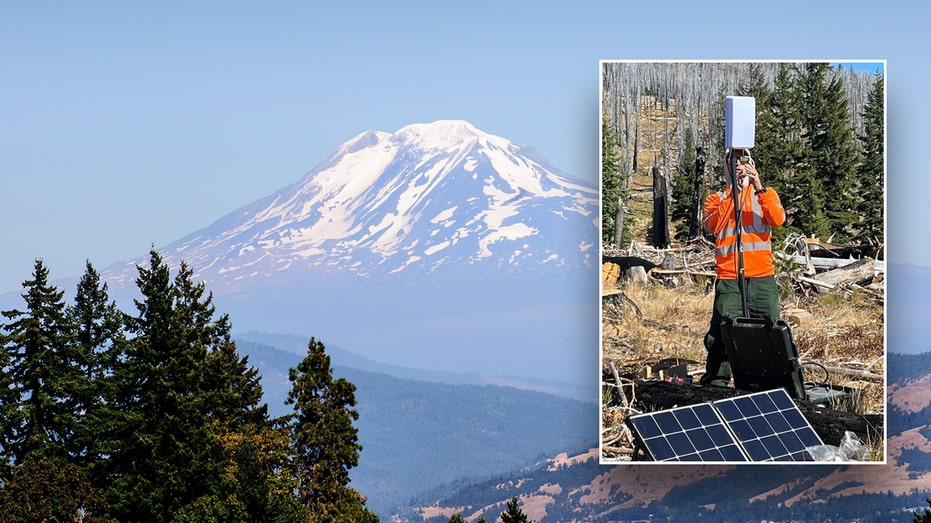Mount Adams Shakes Things Up: Earthquake Spike Prompts Closer Look

Sarah Johnson
March 1, 2025
4 min read
Brief
Mount Adams in Washington is experiencing increased seismic activity, prompting scientists to install new monitoring stations. Despite recent earthquakes, the volcano's alert level remains normal.
Scientists are keeping a closer eye on **Mount Adams in Washington State** after a recent uptick in seismic activity. I mean, who needs more drama, right? But hey, better safe than sorry when it comes to volcanoes.
The U.S. Geological Survey (USGS) reported that while Mount Adams usually has an earthquake every couple of years, September saw six of them – the most in a single month since they started tracking back in 1982. These quakes, monitored by the USGS Cascades Volcano Observatory (CVO) and Pacific Northwest Seismic Network (PNSN), ranged from 0.9 to 2.0 in magnitude. Thankfully, nobody felt them up top.
Currently, there's only one seismic station near the volcano, which limits how much the USGS can monitor. To get a better handle on things, CVO and PNSN are planning to install temporary seismic stations near Mount Adams. This will help them detect smaller earthquakes and get more accurate data on their size, location, and depth. All this info will help scientists figure out what this increased activity really means.
With the U.S. Forest Service's permission, these stations will be placed south and southwest of the mountain. Once they're up and running, the data will be sent to CVO and PNSN in real-time. Despite the earthquake spike, the USGS says there's no reason to freak out just yet. The alert level for Mount Adams remains at Green, meaning everything's considered normal.
Mount Adams sits in south-central Washington, about 50 miles from Yakima. It's the most prominent peak in the Mount Adams-King Mountain volcanic field, which has over 120 smaller volcanoes. It's also the second-tallest volcano in Washington and the biggest active one in terms of volume and area, according to the USGS. Over the past 12,000 years, there have been four lava flows and two vents along the south ridge. These flows usually don't go more than a few miles from their vents.
The last time Mount Adams blew its top was between 3,800 and 7,600 years ago. However, one of the biggest dangers for people nearby are lahars – basically, super-fast flows of mud, rock, ash, and ice. The summit is covered in ice, which hides a lot of hydrothermally weakened rock. If this rock gets hit by future landslides, it could cause lahars. So, yeah, lots to keep an eye on!
Topics
Mount AdamsWashington volcanoseismic activityUSGSearthquake monitoringCascades Volcano ObservatoryPacific Northwest Seismic Networkvolcanic alert levellaharsvolcanic hazardsVolcanoesEarthquakesWashington StateGeology
Editor's Comments
It's fascinating how scientists are always monitoring and trying to understand these natural phenomena. Deploying more monitors seems like a smart move to get a better handle on what's happening beneath the surface of Mount Adams. Let's hope it stays quiet!
Like this article? Share it with your friends!
If you find this article interesting, feel free to share it with your friends!
Thank you for your support! Sharing is the greatest encouragement for us.



